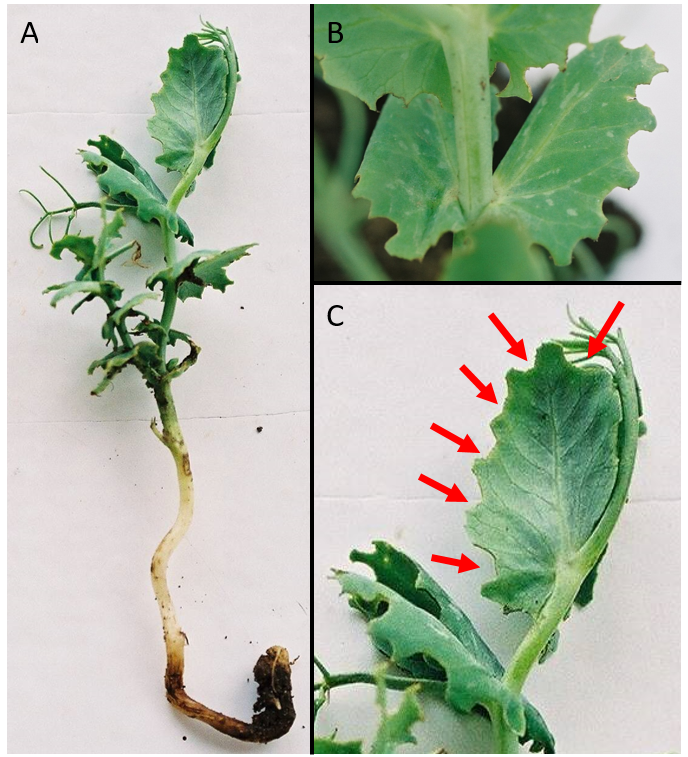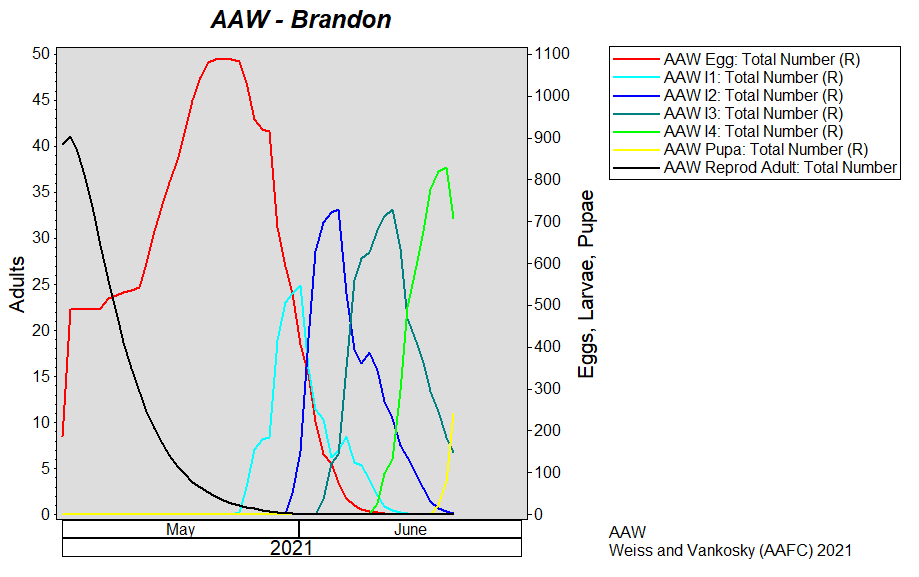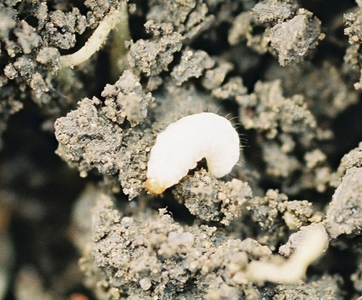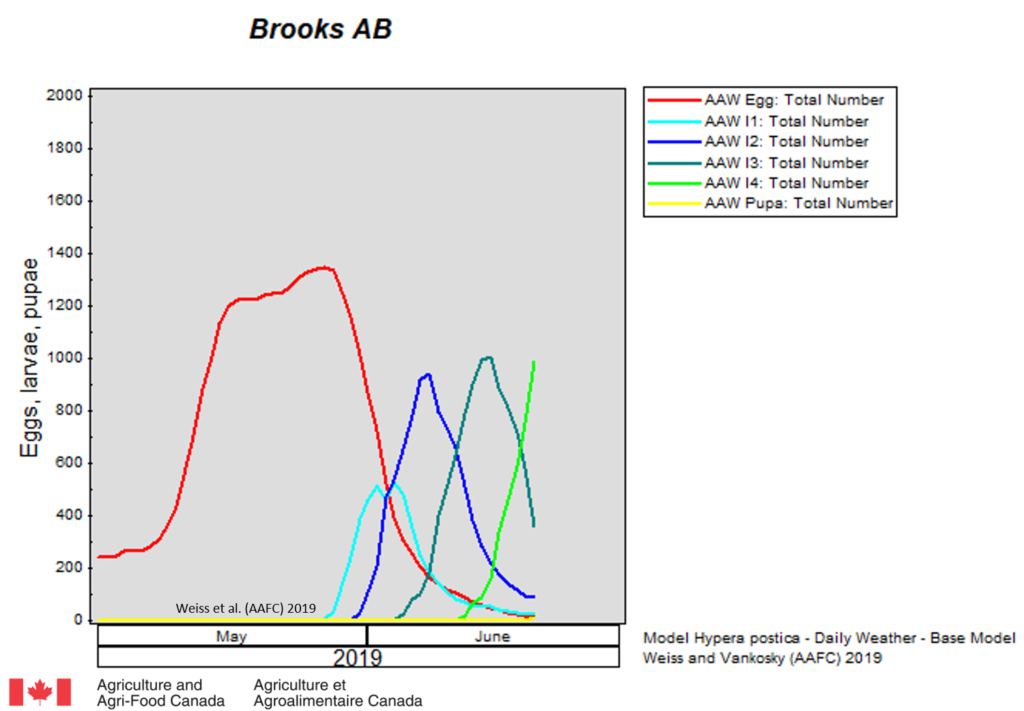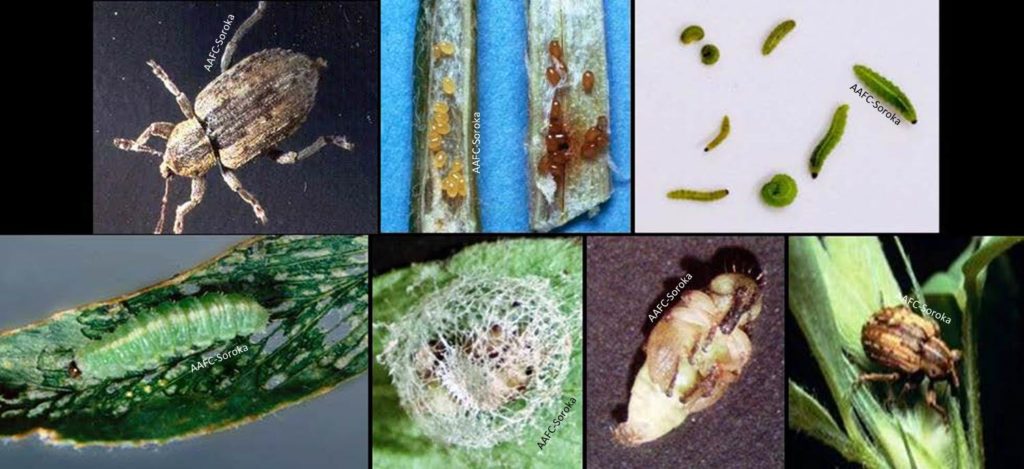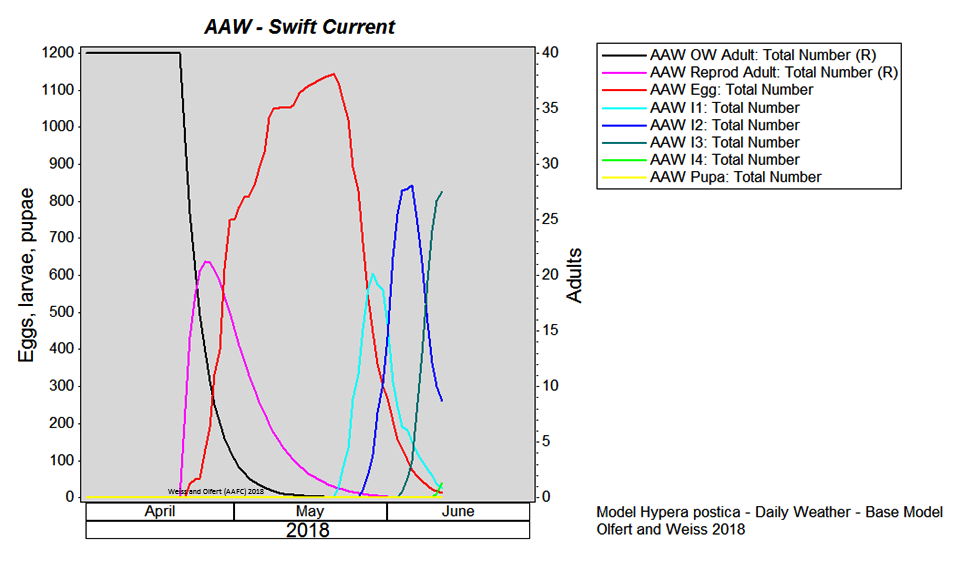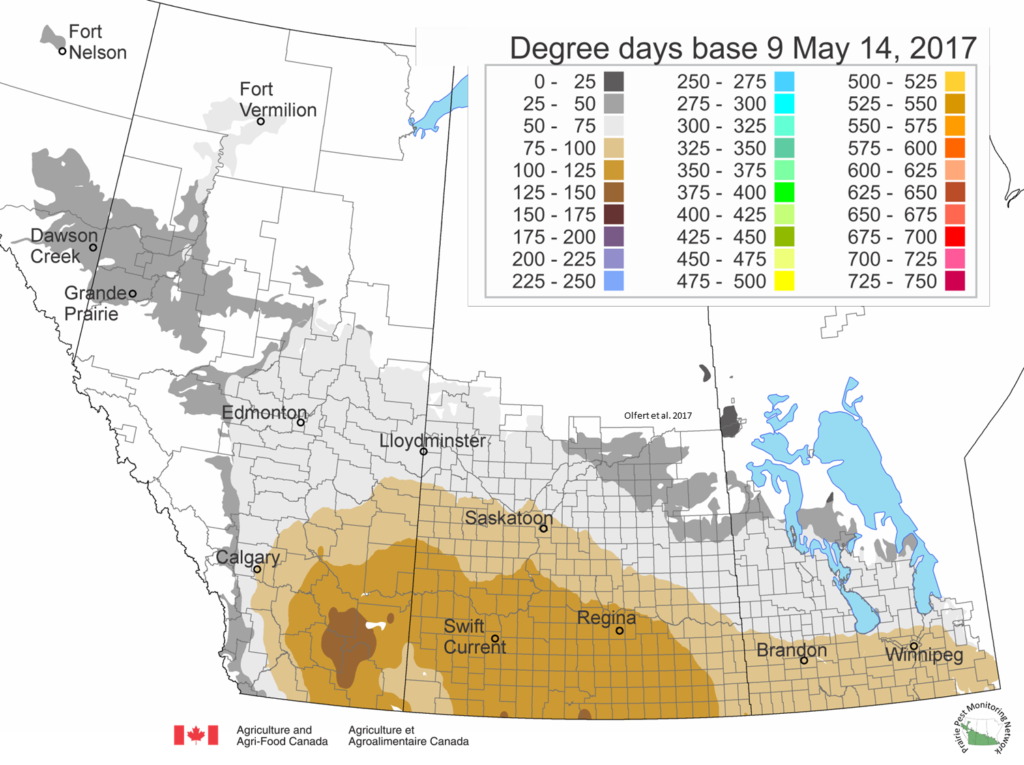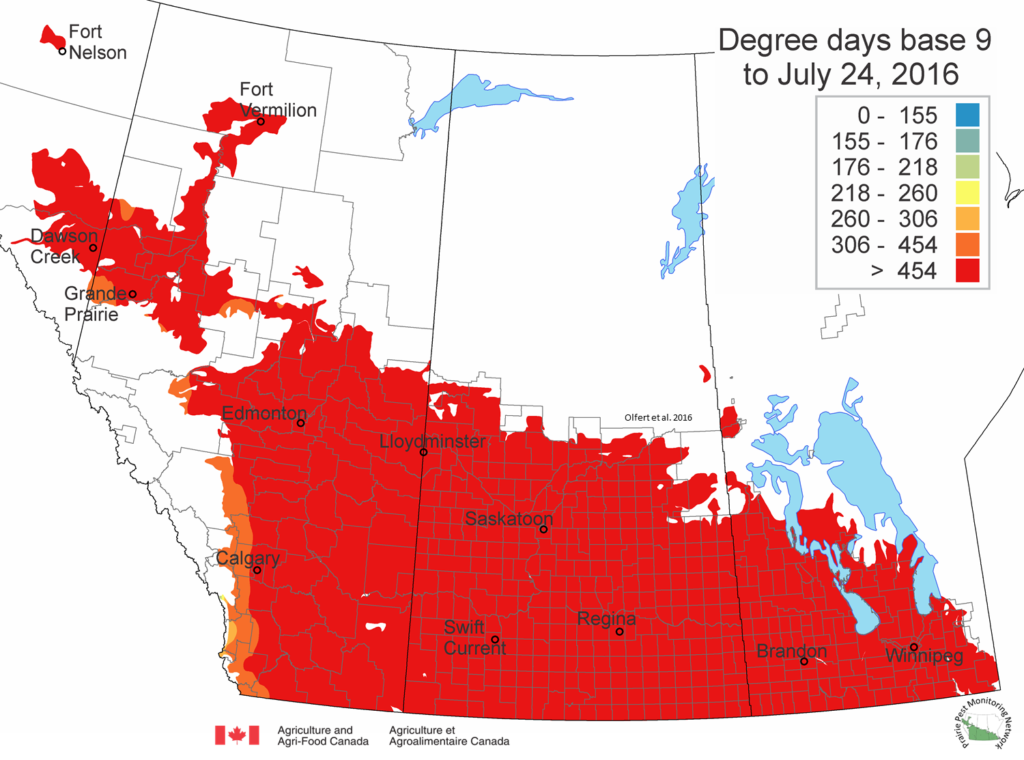The Lygus bug pest complex includes at least 5 species, including the tarnished plant bug (Lygus lineolaris), Lygus keltoni, and Lygus borealis. Lygus bugs have an upside down triangle on their backs and adults are about 5-6 mm long; their colour varies depending on the species and their stage of development. Lygus bugs have a fairly wide host range, but canola, soybean and alfalfa are prone to yield losses resulting from Lygus feeding damage.


The nymphs and adults use piercing and sucking mouthparts to drink from their host plants. They prefer to feed on new growth and reproductive tissues, as these are more nutrient-rich than other plant structures. Feeding by Lygus bugs can result in bud-blasting, where developing buds or flowers do not continue to develop and drop from the plant. If Lygus bugs feed on developing seeds, the seeds become shriveled, reducing yield quality and quantity. Watch for circular, black scars on canola pods, as these are an indicator that Lygus bugs has been feeding on canola pods, and probably on the seeds inside the pods.

In addition to direct yield losses due to Lygus feeding damage, the wounds left by their mouthparts make plant tissues vulnerable to infection by pathogens. Because Lyugs bugs inject digestive enzymes into the plant to help break down plant tissues for consumption, they can also vector plant diseases.
Use a sweep net to scout for Lygus bugs in canola and alfalfa crops. The PPMN has a monitoring protocol available here.
In canola, scout as flowering is complete and pods are beginning to ripen. Take 10 sweeps at 15 locations in the field and estimate the number of lygus nymphs and adults per sweep. Recent research suggests that the economic threshold to avoid yield loss in canola is 2-3 Lygus bugs per sweep; check out the Canola Council of Canada, Manitoba Agriculture, and Alberta Agriculture and Irrigation Lygus pages for more information about Lygus bugs and economic thresholds in canola.
In alfalfa, scout at the start of the bud stage by taking 5 sweeps in at least 15 locations per field and estimating the number of Lygus nymphs and adults per sweep. In seed alfalfa fields, the economic threshold is 8 Lygus per sweep in at least 40 sweeps.
For more information about Lygus bugs, visit previous Insect of the Week articles and find the Lygus page in Field Crop and Forage Pests and their Natural Enemies in Western Canada, available in English and in French. SaskPulse also recently published an overview of Lygus impacts on pulse crops written by Jennifer Bogdan.


